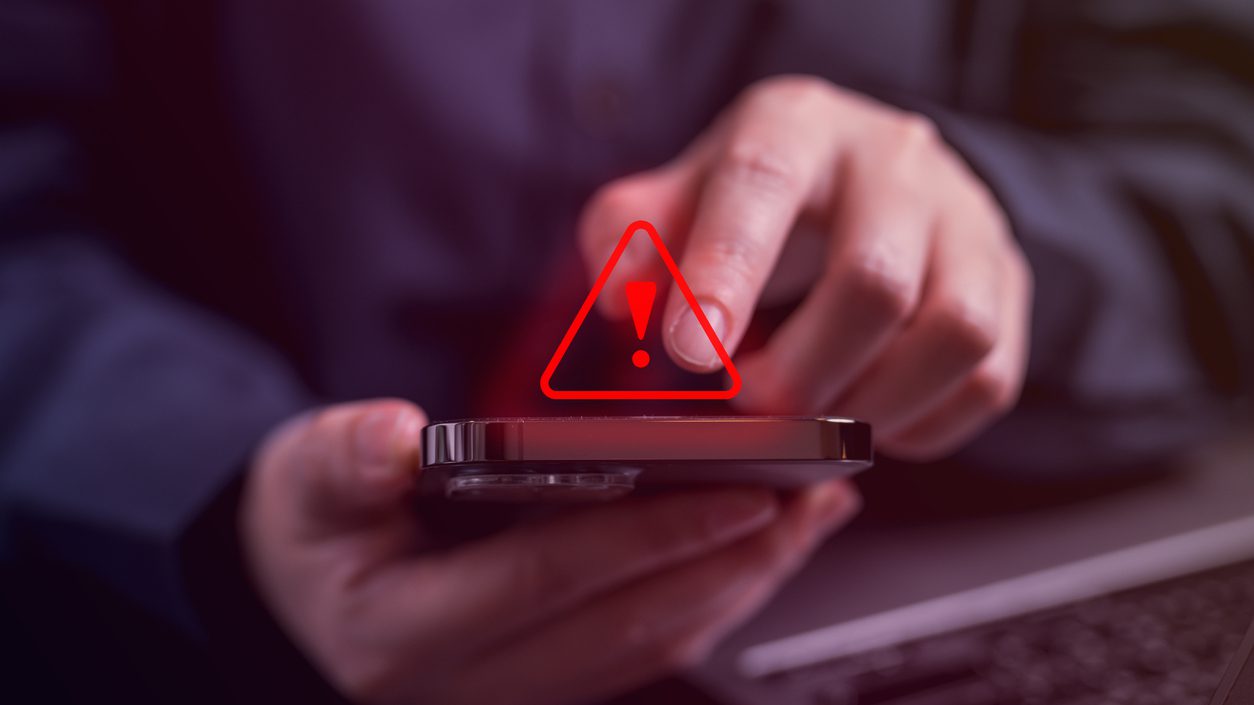Page 5 of 30
How Does the Federal Do Not Call Registry Work?
The Federal Do Not Call Registry is a system designed to protect consumers from unwanted telemarketing calls. Managed by the Federal Trade Commission (FTC), this registry allows individuals to add their phone numbers, both landline and mobile, to a list that telemarketers are required to… Continue Reading

August 21, 2024
Does the TCPA Apply to Text Messages?
Yes, the Telephone Consumer Protection Act (TCPA) applies to text messages. The TCPA regulates telemarketing communications, including calls and texts, to protect consumers from unwanted or intrusive contact. Specifically, it mandates that businesses obtain prior express consent before sending automated text messages to consumers. This… Continue Reading

How Do You Add a Number to the National Do Not Call Registry?
Adding a number to the National Do Not Call Registry is a straightforward process. Consumers can visit donotcall.gov and register a home or mobile number. Alternatively, they can call 1-888-382-1222 from the number they wish to add. After registration, telemarketers have 31 days to remove the number… Continue Reading

Can Multiple Phone Numbers Be Added to the Do Not Call Registry?
Yes, consumers can register multiple phone numbers on the National Do Not Call Registry. Whether they have both a landline and mobile phone, or even multiple mobile numbers, all can be added to block unwanted telemarketing calls. The process is simple and free, providing protection… Continue Reading

Does Registration to the Do Not Call Registry Expire?
No, registration to the National Do Not Call Registry does not expire. Once a customer’s phone number is added to the registry, it remains on the list unless they request its removal or the number is disconnected or reassigned. For businesses, this means that even… Continue Reading

How Can Businesses Ethically Collect Zero-Party Data?
Businesses can ethically collect zero-party data by being transparent about what data they collect and how they use it, allowing consumers to choose how they want to share their data, and implementing strong security measures to protect that data from being stolen or misused. Zero-party… Continue Reading

August 8, 2024
What Exactly Is Zero-Party Data (ZPD)?
Zero-party data (ZPD) is information that customers intentionally and proactively share with a brand. This data includes preferences, purchase intentions, personal context, and how individuals want to be recognized by the brand. For example, a customer might share that their favorite product category is lace-less… Continue Reading

How Can Businesses Ensure the Security of Zero Party Data?
Businesses can secure zero-party data by implementing advanced data management practices such as encryption, implementing strict access controls, conducting regular security audits, and anonymizing data. Zero-party data, which is information that customers intentionally share with a business, is incredibly valuable and requires stringent security measures… Continue Reading

July 29, 2024
Can Businesses Combine Zero-Party Data with Other Types of Data for a Comprehensive View?
Businesses can combine zero-party data with other types of data to gain a comprehensive view of their customers. By integrating zero-party data —information that customers intentionally share—with first-party, second-party, and third-party data, companies can achieve a holistic understanding of customer preferences, behaviors, and motivations. This… Continue Reading

In Which Industries Is Zero-Party Data Particularly Valuable?
Zero-party data is particularly valuable in industries where personalized customer experiences are crucial, such as the financial services sector, property insurance, retail, and health insurance. By leveraging zero-party data, companies in these industries can better understand their customers’ preferences and needs, resulting in more effective… Continue Reading

Page 5 of 30







